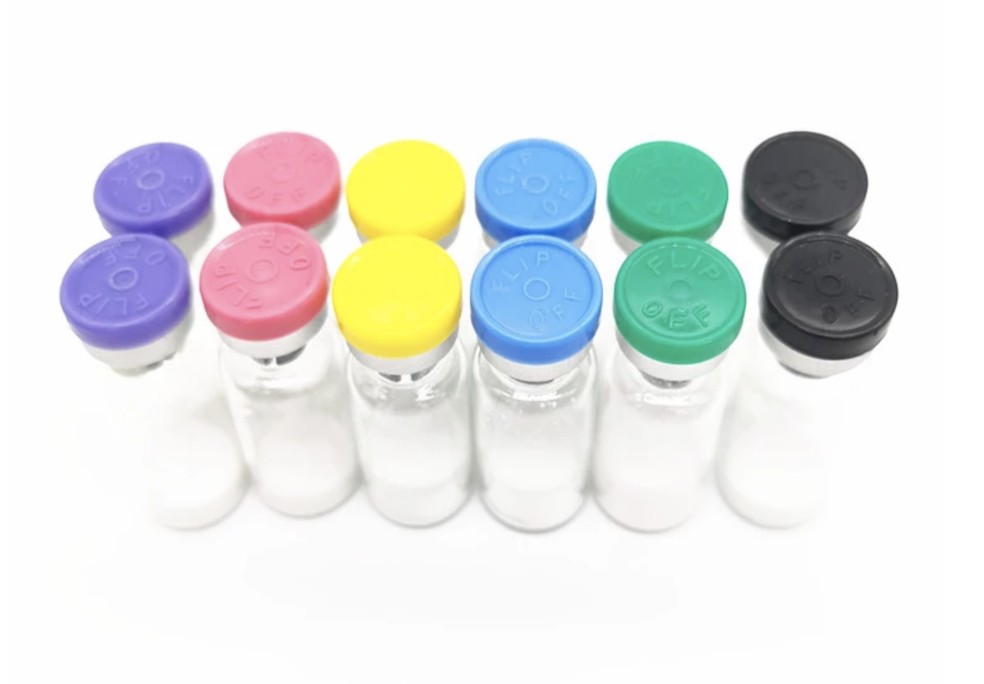Carbetocin Acetate
Reihenfolge: Butyryl-Tyr(Me)-Ile-Gln-Asn-Cys-Pro-Leu-Gly-NH2 (Sulfide bond between Butyryl-4-yl and Cys)
CAS: 37025-55-1
Aussehen: weißes Puder
EINECS: 253-312-6
M.F.: C45H69N11O12S
M.W.: 988.17
Specific Optical Rotation D(c=1,1%HAc): -38.0~-42.0°
Wassergehalt(CarlFischer): ≤5.0%
Acetatgehalt(durch HPLC): ≤12,0 %
Aminosäurezusammensetzung: ±10 % der Theorie
Reinheit (durch HPLC): ≥98,0 %
Einzelne Verunreinigung(durch HPLC): ≤1,0 %
Peptidgehalt(by N%): ≥80%
Probe(Von wasserfrei, Essigsäurefrei ): 97.0~103,0 %
Bakterielle Endotoxine: ≤5EU/mg
Verwendungszweck:An obstetric drug used to control postpartum hemorrhaging.
Carbetocin (GASTHAUS, BAN) (brand names Duratocin, Pabal, Lonactene, Depotocin, Comoton, Decomoton), or 1-butanoic acid-2-(O-methy-L-tyrosine)-1-carbaoxytocin, is an oxytocic used in obstetrics to control postpartum hemorrhage and bleeding after giving birth, particularly following Cesarean section. It is an eight amino acid long analogue of oxytocin (a nonapeptide) und, in accordance, has a similar action. Carbetocin primarily agonizes peripherally expressed oxytocin receptors.
Carbetocin is an oxytocic used in obstetrics to control postpartum hemorrhage and bleeding after giving birth, particularly following Cesarean section. It is an eight amino acid long analogue of oxytocin (a nonapeptide) und, in accordance, has a similar action. Carbetocin primarily agonizes peripherally expressed oxytocin receptors.






















